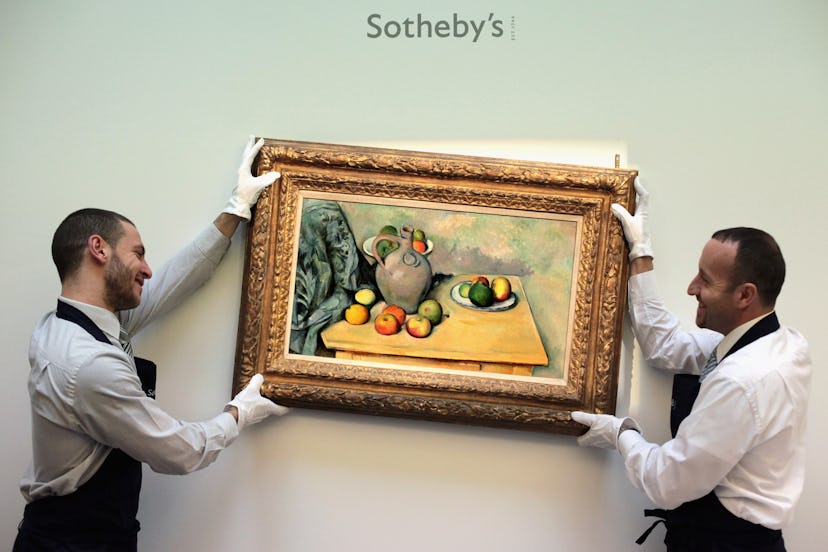Study: Artists Are More Likely to Come From Rich Families

Leonardo da Vinci’s father was a well-off notary; Michelangelo descended from a family of bankers (though they were not quite as successful as the banker father of Paul Cézanne); and Édouard Manet’s parents were a judge and the goddaughter of a Swedish prince. Such bourgeois backgrounds are not particularly uncommon among the biographies of art history’s who’s who, and, according to a recent study, not much has changed. As it turns out, the wealthier your family is, the more likely you are to find yourself with a career in the arts.
According to ArtNet News, the Danish economics professor Karol Jan Borowiecki dug through decades of data from the US Census bureau for his paper “The Origins of Creativity: The Case of the Arts in the United States Since 1850.” And what he found should track for just about anyone who has visited Bushwick lately.
For every $10,000 in additional income a family makes per year, there’s a 2 percent increase in the chances that a child of that family will go on to identify their profession in the census as an artist, actor, musician, author, or similar creative professional. This means someone from a family making $100,000 per year is twice as likely to end up as a professional artist as someone from a family making $50,000. Of course, while those who come from comfortable families are more likely to be exposed to art at a formative age to those who don’t, that doesn’t mean that the arts is a particularly lucrative field. Indeed, the average income for an artist is below the American average. So any extra help from the family may not only come in handy but indeed make pursuing a creative career possible in the first place. We should note that Borowiecki’s research includes money made by any direct member of an artist’s family (including siblings) in the year before the census.
The factor of family income also likely correlates with the lack of racial diversity in the field. Indeed, before 1950, nonwhite Americans who identified themselves to the census as working in creative fields were practically unheard of. Even today, only 20 percent of self-identified professional creatives are nonwhite.
As it turns out, however, more women are likely to have careers in the arts than men. Indeed, a woman’s probability of entering the arts is 18 percent higher than that of a man’s. Of course, demographics tend to differ over specific fields. Musicians are more likely to be both female and nonwhite than other professional fields, whereas actors are more likely to be male.
This news was met in our office Slack channel with a chorus of “Duh”s, but the implications do have some reach.
It’s true that while your average artist may not make a lot of money, it turns out that a concentration of artists in a particular city can lead to local economic growth.
“The advantages of having a wealthy cultural supply and a meaningful cultural heritage nowadays are vast and non-negligible, ranging from economic gains from tourism inflows to nonmonetary gains arising from a common identity,“ the study says.
Our artistic population is not spread out evenly throughout the country, though. Artists tend to cluster in specific cities, and the presence of one particularly famous artist in one field in a city means there’s a higher likelihood that that city is home to another famous creative in a different discipline—which is to say that a city with a particularly well-known painter is more likely to have, say, a world-renowned ballerina as well.
Unsurprisingly, New York City is the home to the biggest such artistic cluster, though historically San Francisco, Boston, Chicago, and Los Angeles have had notable communities as well.